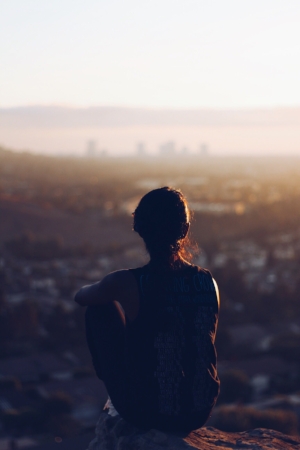While the sun makes us feel good and being outdoors has many health benefits, it is important to remember that the ultraviolet (UV) rays from the sun are a major source of damage to the skin. In recent years, awareness of the fact that UV damage increases the risk of melanoma and non-melanoma skin cancers has grown. Importantly, the use of protective sunscreens with prolonged sun exposure (for example, during trips to the beach or when going for a long walk) has also increased as people try to combat this risk. That’s good news.
However, something that many people forget is that even low levels of UV exposure affect the skin. More often than not, people don’t consider a 20-minute walk to work or sitting outside for quick lunch as a concern when it comes to sun damage. But, these small, incremental exposures stimulate the development of brown spots and promote discoloration, make blood vessels more prominent and accelerate the development of fine lines – all changes which age your skin. This process is referred to by dermatologists as “photoaging.â€
So, what can you do to combat photoaging? First and foremost, wear a broad-spectrum sunscreen that protects from UVA and UVB rays and is waterproof. Apply this before applying any cosmetics in the morning, but also try to re-apply if possible every 2-3 hours. That means before your lunch outing and before your commute home. Don’t forget that your car windows only shield you from UVB rays. UVA still penetrates. So here’s a tip: keep a sunscreen serum or your favorite foundation with SPF in your purse or briefcase for easy access during the day. Wearing a hat and sunglasses is another great way to minimize UV exposure. And the simple act of walking or sitting in the shade can also save you exposure to unnecessary damaging rays.
The bottom line: the optimal strategy to achieve a youthful appearance is one that incorporates good sun safety practices in your daily routine.

